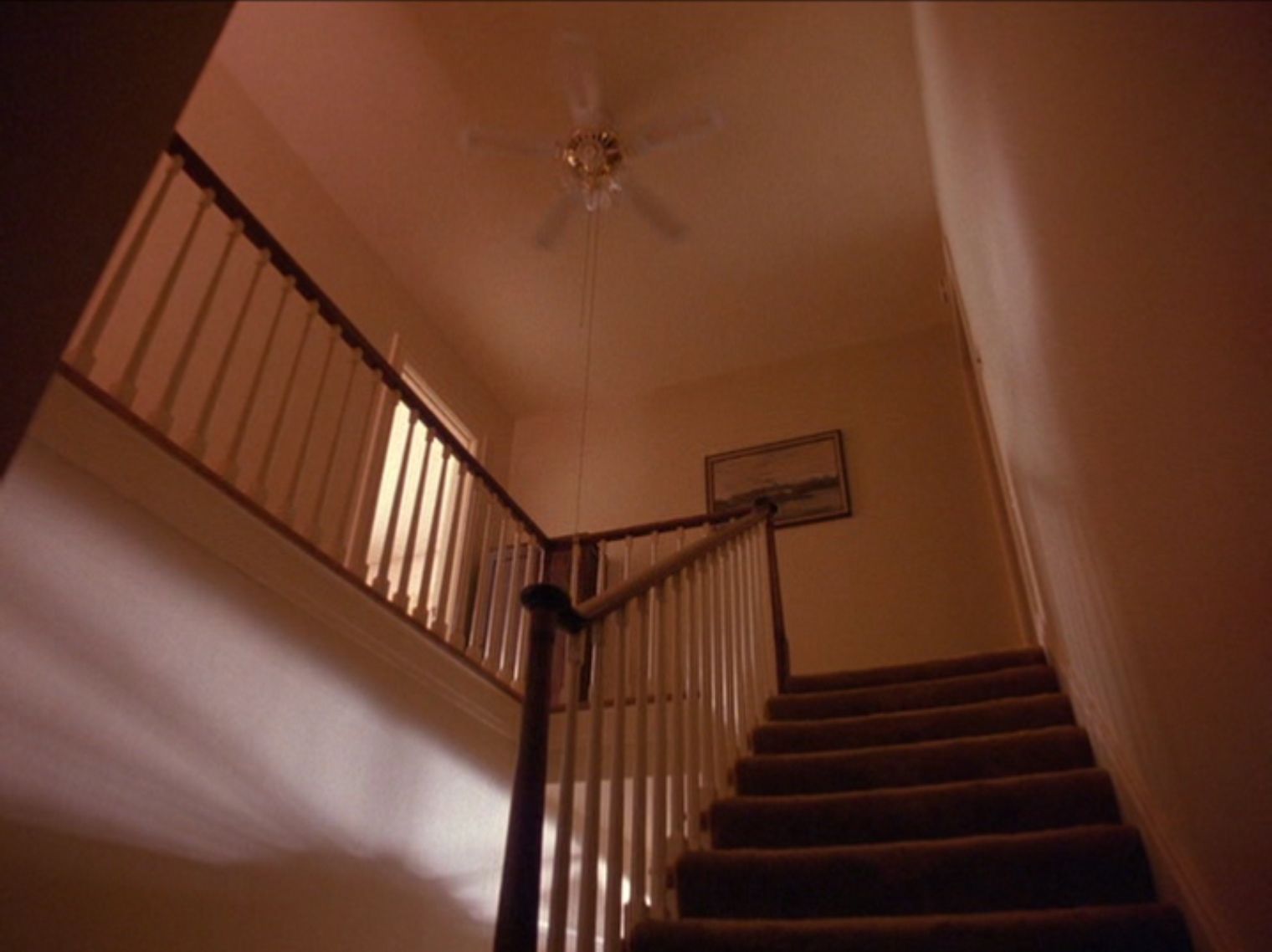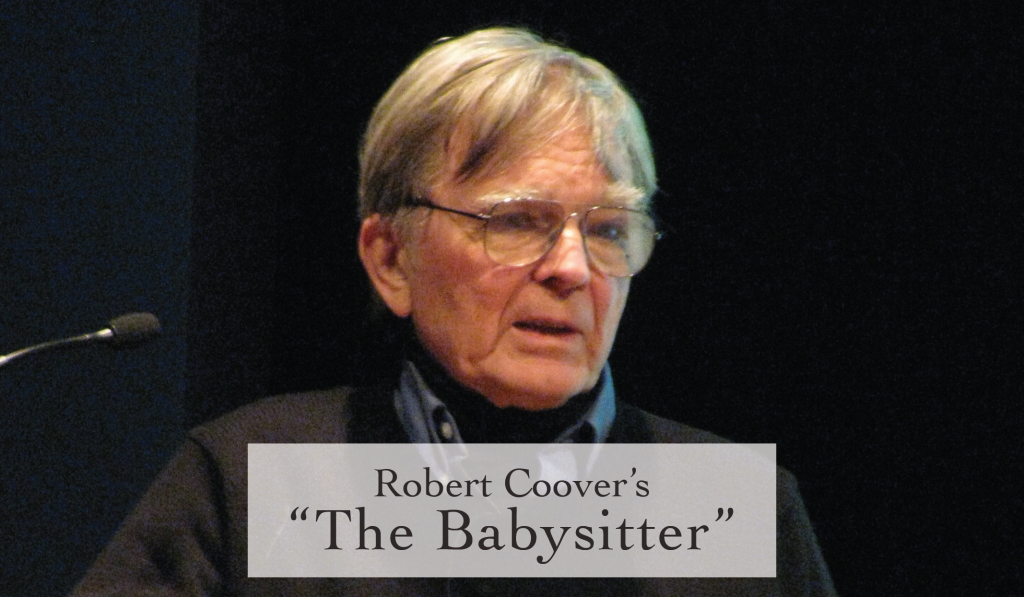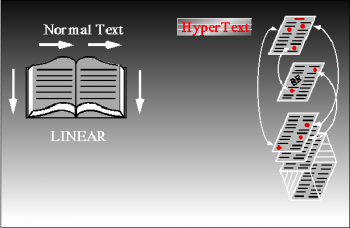
Rettberg stated that movement within a multilinear narrative can be demonstrated through a change of tone, shifts in point of view, and through fragmented texts. (Rettberg 2019, p. 57). Coover’s story “The Babysitter” achieves just that, involving the reader in multiple narrative paths by rewriting the events within the story, alternating between points of view, and by telling the story in fragments.
Every so often, Coover would revisit an event in his story but change the details in subtle ways (this happens more frequently as the reader progresses the story.) This served to build up tension and cause the reader to think critically about which narrative they were following at any given moment. In addition, Coover alternated the point of view in each paragraph, allowing him to introduce more elements to the narrative for the reader to explore. He also presented fragments of the story at a time, cueing the reader to mentally change the setting, characters, and mood in their minds with the corresponding narrative paths.
To conclude, the story’s structure involved the reader in multiple paths by presenting them with rewritten passages, alternating points of view, and with only fragments of the story at a time. Each of these features caused the reader to think critically, introduced more elements to the narrative structure, and cued the reader of transitions within the story, which in combination helped to move the narrative along and presented the reader with multiple paths.
In many ways, Coover’s story “The Babysitter” was a model for later works of hypertext. Generally, the hypertext genre includes fragmented text, alternative narrative structures, and complications of character development and chronology (Rettberg 2019, p. 68), which can all be identified within Coover’s piece.
As discussed earlier, the author represented the story in fragments. This enabled Coover to utilize an alternative narrative structure that was unlike the classic format of printed works. With this alternative structure, the author was able to arrange events in a loose chronological order that made it somewhat complicated for the reader to interpret. He also shifted to a different character’s point of view after every passage, inviting the reader to ponder the characters’ motives in a complex way. Each of these aspects- fragmented text, alternative narrative structure, and complicated chronology and character development- are all reflected in later hypertext works, which were largely based upon Coover’s model of storytelling. I am interested in somehow including these aspects in my final project.
However, there are features in hypertext fiction that are absent in Coover’s story, such as link and node structure. These are key aspects in many hypertext works due to their usefulness in identifying paths and representing the story in some visual form. Another feature that is absent is the exploration of navigation apparatus. Generally, hypertext writers use the affordances of technology by providing the user with new ways of navigating and experiencing text. Readers follow a linear progression of paragraphs in Coover’s piece, allowing limited agency for navigating text or choosing the story’s direction.
Sources:
Electronic Literature by Scott Rettberg






 “Taroko Gorge” by Nick Monfort is an example of a poem generated by a computer, or combinatory poetics, as outlined in the Electronic Literature Organization’s list of existing electronic literature practices as part of their definition of E-lit. It fulfills John Cayley’s short definition of E-lit as it is “writing in networked and programmable media” and is primarily an example of writing in a programmable media. It also a good example of Stephanie Strickland’s definition of E-lit, which she says
“Taroko Gorge” by Nick Monfort is an example of a poem generated by a computer, or combinatory poetics, as outlined in the Electronic Literature Organization’s list of existing electronic literature practices as part of their definition of E-lit. It fulfills John Cayley’s short definition of E-lit as it is “writing in networked and programmable media” and is primarily an example of writing in a programmable media. It also a good example of Stephanie Strickland’s definition of E-lit, which she says 

